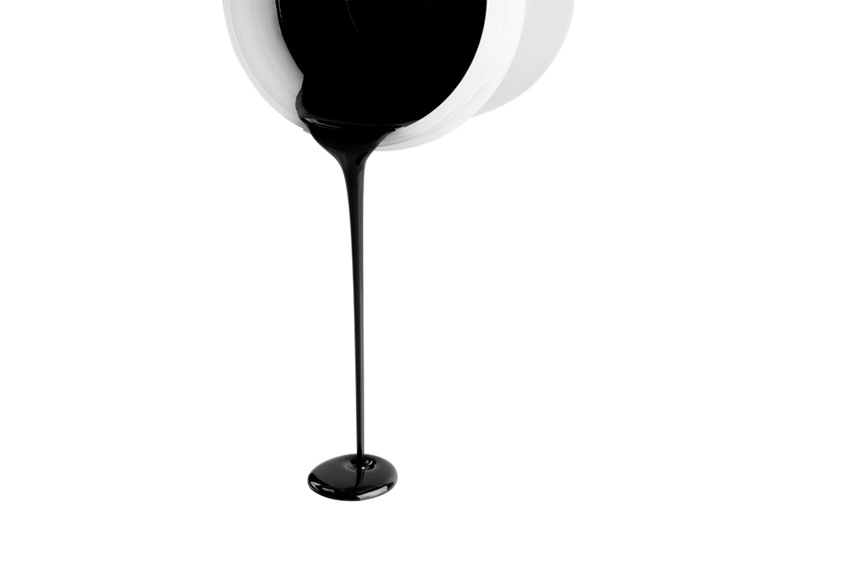A leading disaster prevention and environmental solutions provider, ENPLUS has recently diversified its business with investments in battery materials alongside its existing firefighting and environmental vehicle businesses.

Established in 1966, ENPLUS started out more than half a century ago as a manufacturer of fire-fighting equipment such as fire extinguishers and sprinklers for the Seoul Fire Service. That was before asserting itself as an industry leader in 1980s with the production of the largest fleet of fire-fighting vehicles in Korea. Today, the company – which is run by Co-CEOs Choi Yong In and Kang Tae Kyoung – continues to lead the industry as a disaster prevention solution provider and a SoBuSan specialist (the Korean term used to describe businesses engaged in the production of materials, parts and equipment).
“The main products of ENPLUS today are special vehicles, especially for firefighting and environmental purposes, and new materials, where we specialize in the provision of secondary battery materials, such as electrodes, heat dissipation, and insulation which help to reduce carbon emissions,” says Mr. Yong In.
One of the company’s main representative products in the field of special vehicles is the EV YARD tractor, an autonomous environmentally friendly vehicle and one of ENPLUS’s best-selling products. This innovation is significant and reflective of the company’s new strategy of diversification into sustainable solutions and materials.
“While firefighting equipment is an attractive and profitable sector, it also holds a couple of weaknesses. The biggest one is that it is, by essence, unpredictable. This factor makes it difficult for companies to grow and to significantly scale up their business,” says Mr. Yong In. “The unpredictability of the market is the reason why ENPLUS has diversified into new sectors instead of focusing only on firefighting equipment.”
At the forefront of this shift is ENPLUS’s investment in the secondary battery materials sector, which the Co-CEO believes will lead the business’ growth for the long term.
“Looking ahead, our focus will be placed on the development of new materials, especially secondary battery materials, where we plan to allocate 70% of our manpower and resources,” says Mr. Yong In. "This strategy does not mean that we will downsize our firefighting equipment business. Our firefighting vehicles are praised by many countries around the world and we are capable of keeping a stable and reliable supply chain. Furthermore, the barrier to entry in this market is very high and requires large investments to enter, so we are not scared of new competitors.”
On the other hand, the secondary battery material industry is a completely different ball game, says the Co-CEO.
“In terms of location, we already have access to a variety of different global markets that we did not have access to with our firefighting business. Consequently, we designed a new global strategy for the development of our material business and we are currently deploying our tactics to penetrate new international regions.”
And since the production of secondary batteries is an analogue process, as opposed to a digital one, it requires engineering expertise and craftmanship, two requirements that are difficult to replicate and that give ENPLUS a competitive advantage in the production of innovative secondary battery materials, such as dry electrodes and graphene solutions.
“The priority of companies and researchers in the battery industry is to reduce production costs during the development of their products. To follow the market, we must also limit development cost as much as possible,” says Mr. Tae Kyoung. “To do this, we are focusing on the development of dry electrodes, which reduce the investment cost by 70% and the utility cost by 50%. I believe this technology will lead to a sharp decrease in the price of battery products. For instance, our company has a 0.3-gigawatt facility. The monthly utility bill of that factory is around 70 million KRW. If we were to scale up our facility to 3 gigawatts, a significant boost in profitability might not be guaranteed. However, the adoption of dry electrodes has the potential to generate substantial savings on our electricity expenses, which would contribute positively to our overall business operations.”
This cost-saving potential is a driving force motivating numerous companies to actively pursue advancements in dry electrode technology. Internationally, the battery and automotive sectors are experiencing a division on this front however, with some brands embracing high-end technologies, while others are choosing more budget-friendly alternatives. Dry electrodes and LFP batteries cater to the budget-conscious segment, whereas NCM and NCA batteries, recognized for their compactness, rapid charging capabilities, and high energy density, target the premium market. Either way, the Korean battery sector is well established to serve both these distinct marketplaces going forward.
“The Korean battery sector is performing strongly in the global market for two main reasons. Firstly, Korean firms enjoy fast speed of execution. Secondly, Korea has a long experience in heat control technologies,” says Mr. Tae Kyoung. “Around 800 years ago, Korean people were excellent at making pottery, which involves baking. To this day, Korean pottery is admired the world over for its beauty and aesthetics. This robust experience in heat dissipation technologies provides us with an advantage in making cathodes as these materials are baked in high temperature furnaces. The production of secondary batteries requires four key materials: cathodes, anodes, electrolysis and separation membranes. ENPLUS’ product development strategy is focused on LFP materials, nanotubes, and nickel for NCM; each of which are key materials for the market. Some of these products are already generating revenue for ENPLUS while others are currently moving from R&D to commercialization.”
0 COMMENTS